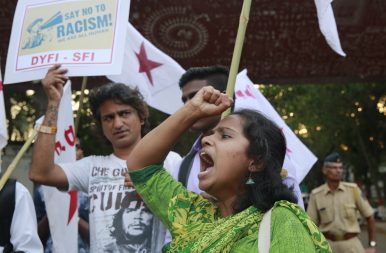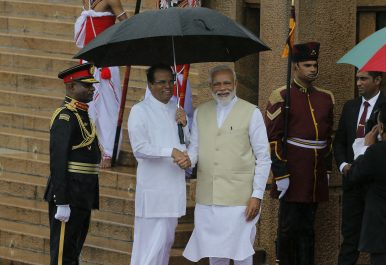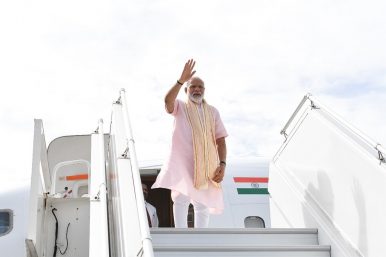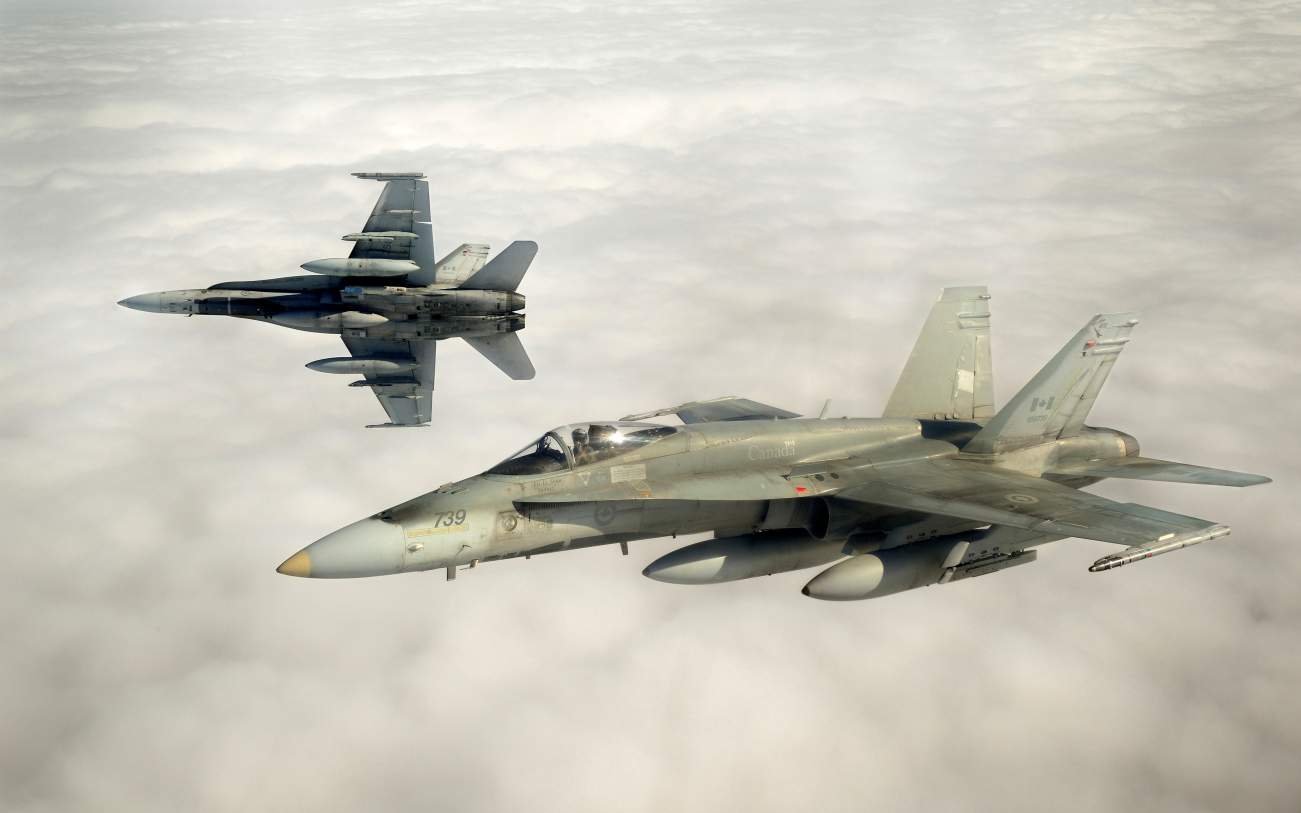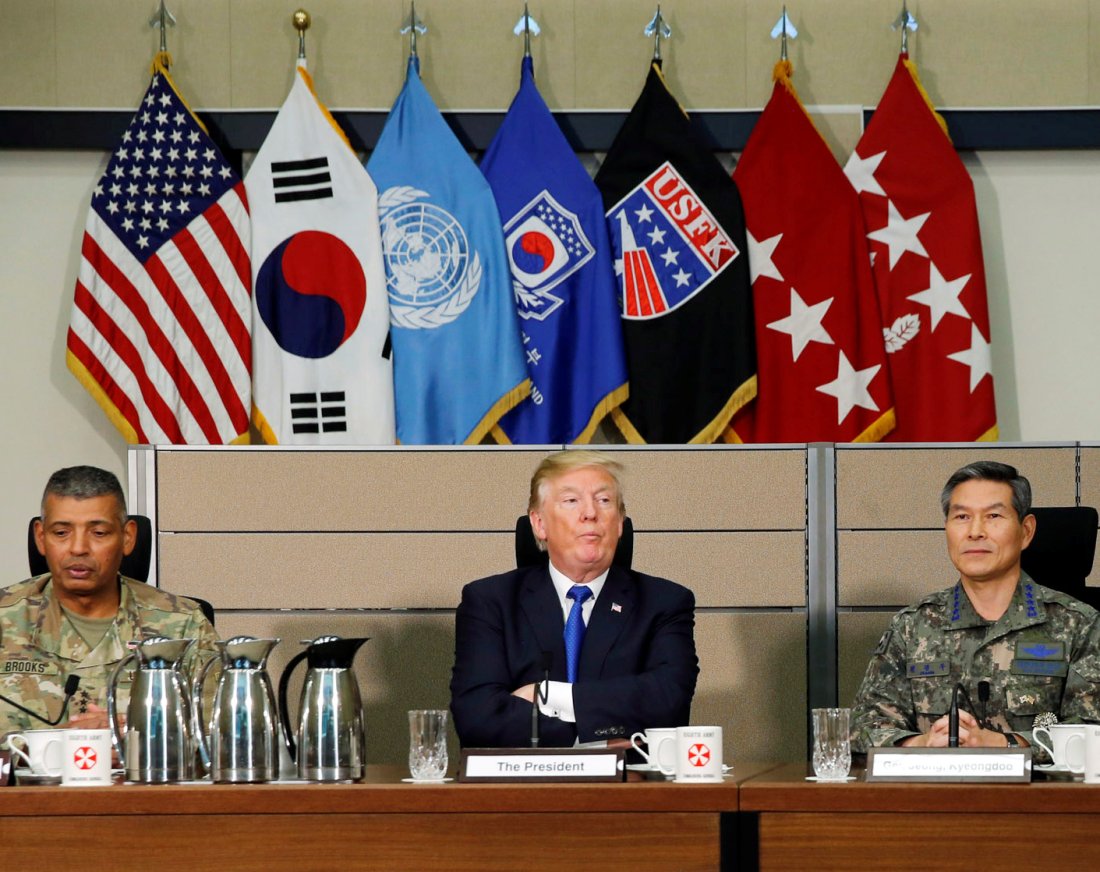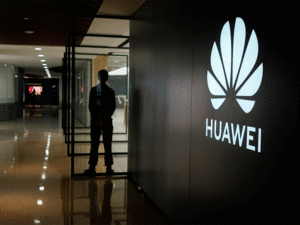By Bikash Mohapatra
“India is a racist country. Indians are not ready to accept foreigners, especially those from Africa.” So said Isa Danjuma, an assistant professor, during his address to a group of Indian officials and fellow African students.
“We want to have a symbiotic relationship with the Indians but is it possible?” Danjuma asked.
The Nigerian had completed his Ph.D. program in New Delhi, India’s capital city, and was more than happy at the prospect of a return to his home country.
The academic’s assertion, and the following question, stunned the bureaucrat presiding over the session.
“That is not the case — maybe only in a small part of India,” the host insisted. “If you visit south India and other parts you won’t find any racism at all.”
The bureaucrat had either completely forgotten or conveniently ignored the then-recent issue of a Tanzanian student being stripped by a mob in Bangalore, a major city in the south of India.
Nonetheless there was a palpable hesitation in his voice even as he made a desperate attempt to assuage the African contingent present. It wasn’t surprising, then, that his explanation was followed by immediate challenges from a few students, some narrating their own experiences, and others citing examples of the frequent attacks on Nigerians to establish their point.
